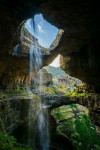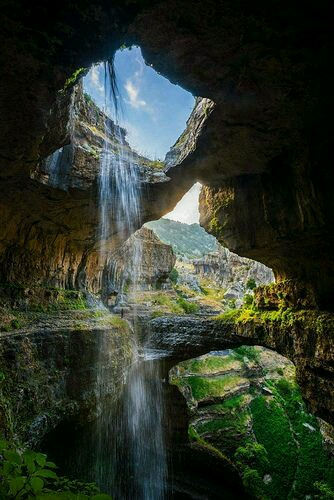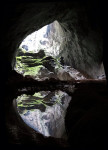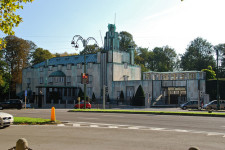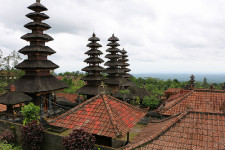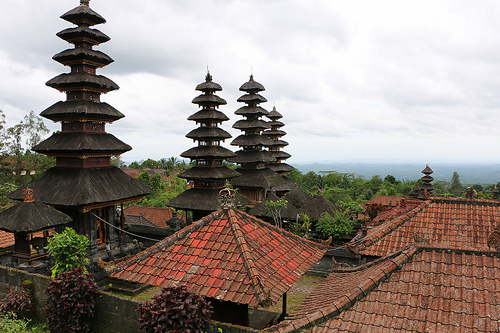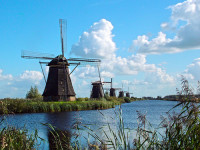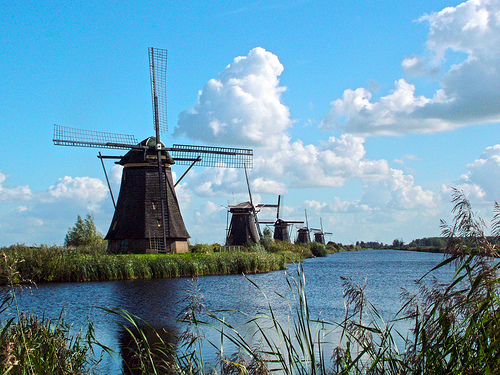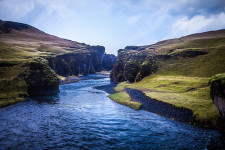
Fjaðrárgljúfur – try pronouncing that!
- Fjaðrárgljúfur is a canyon that can be found near the village of Kirkjubaejarklaustur, in the south of Iceland.
- The depth of Fjaðrárgljúfur is roughly 100 metres (328 feet), while it covers a distance of roughly 2 kilometres (1.25 miles).
- It is believed that Fjaðrárgljúfur was formed by a melted glacier, which eroded much of the rock seen today.
- Fjaðrárgljúfur is home to the Fjaðrá River, of which the water is a blue colour, and the area is very picturesque.
- The primary rock found in Fjaðrárgljúfur is a type of igneous rock and is known as palagonite.
Fjaðrárgljúfur
Image courtesy of Andrés Nieto Porras/Flickr
- The term ‘Fjaðrárgljúfur’ roughly means, ‘feather river canyon’, and is a difficult word to pronounce by those unfamiliar with the Icelandic language.
- Fjaðrárgljúfur is vegetated with significant quantities of moss, resulting in much of the rocks and grassy areas being a lush green colour.
- Fjaðrárgljúfur is easily reached by vehicle from the Ring Road, and a short walk is required to reach the canyon.
- Both the canyon tops of Fjaðrárgljúfur and the river below feature trails worthy of hiking.
- Despite Fjaðrárgljúfur being a noteworthy location and close to a main road, it is not visited by large quantities of visitors.
Bibliography:
Fjađrárgljúfur, n.d, Visit South Iceland, http://www.south.is/en/moya/toy/index/place/fjadrargljufur
Fjaðrárgljúfur Canyon, 2015, Breath With Us, http://breathewithus.com/fjadrargljufur-canyon/
Fjaðrárgljúfur Canyon, Iceland, 2014, Best Places On Earth, http://bestplacesonearth.net/beautiful-planet/fjaorargljufur-canyon-iceland/
The Majestic Fjaðrárgljúfur Canyon of Southern Iceland, 2013, Down the Wrabbit Hole – The Travel Bucket List, http://downthewrabbithole.blogspot.com.au/2013/10/the-majestic-fjarargljufur-canyon-of.html





